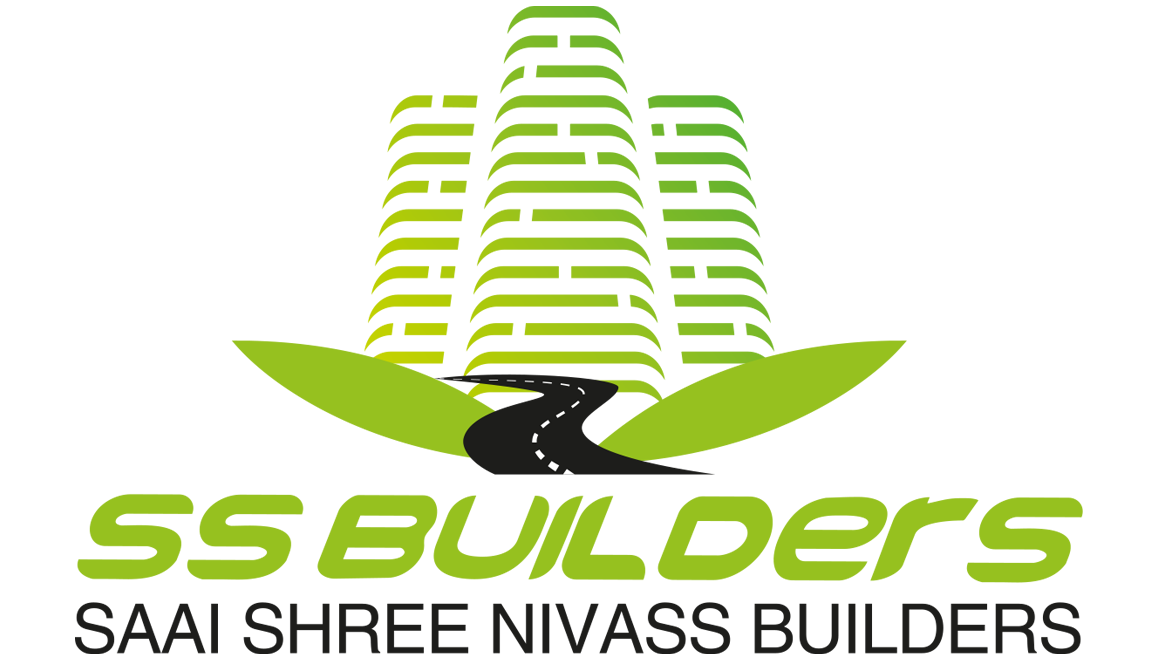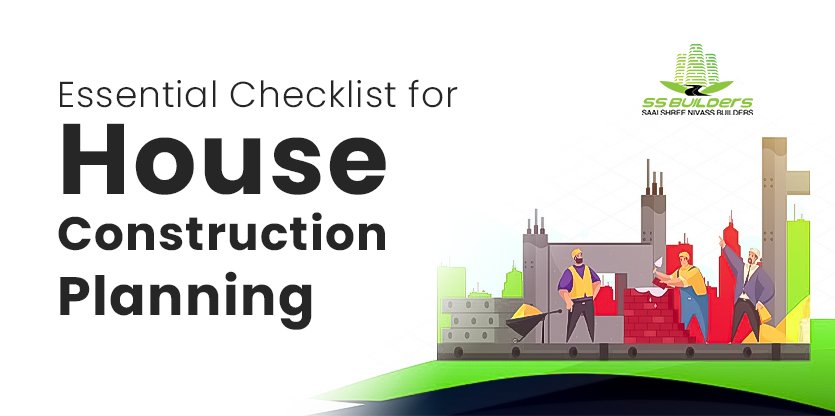New House Construction Checklist
Introduction:
Planning a house construction project is an exciting but complex endeavor. From conceptualizing your dream home to overseeing the actual construction process, there are numerous factors to consider and decisions to make. To ensure a successful and stress-free experience, it’s crucial to have a comprehensive checklist that covers all essential aspects of house construction planning. In this article, we will provide you with an essential checklist that will serve as a valuable guide throughout your construction journey.
Define Your Goals and Objectives:
- Determine the purpose of your house construction project, whether it’s for personal residence, rental property, or resale.
- Establish your budget and timeline.
- Identify your specific needs and preferences regarding the layout, size, and style of your home.
Land Selection and Preparation:
- Choose a suitable location for your house, considering factors such as proximity to amenities, transportation, and schools.
- Conduct a thorough land survey to assess the terrain, soil conditions, and any potential issues.
- Prepare the land by clearing any vegetation, leveling the ground, and ensuring proper drainage.
Architectural Design and Blueprints:
- Hire a qualified architect or designer to create a detailed blueprint of your house based on your requirements.
- Ensure that the design complies with local building codes and regulations.
- Review the blueprints carefully, considering factors such as room layout, ventilation, lighting, and accessibility.
Obtain Necessary Permits and Clearances:
- Research and obtain all required permits and clearances from local authorities before commencing construction.
- This may include building permits, environmental clearances, and utility connections.
Hiring Contractors and Suppliers:
- Seek recommendations and conduct interviews to select reputable contractors, builders, and suppliers.
- Ensure that they have the necessary licenses, insurance, and experience.
- Clearly define project deliverables, timelines, and payment terms in written contracts.
Material Selection and Procurement:
- Work closely with your architect and contractors to select high-quality materials for different aspects of construction, such as foundations, walls, roofing, and flooring.
- Consider factors like durability, aesthetics, energy efficiency, and maintenance requirements.
- Source materials from trusted suppliers and ensure they meet required standards.
Construction Timeline and Monitoring:
- Develop a detailed construction timeline that outlines each phase of the project, from site preparation to final finishes.
- Regularly monitor progress and address any delays or issues promptly.
- Maintain open communication with contractors to ensure everyone is on the same page.
Utilities and Infrastructure:
- Arrange for necessary utility connections, including electricity, water, sewage, and gas.
- Install the required infrastructure, such as wiring, plumbing, and HVAC systems, in accordance with safety standards.
Quality Control and Inspections:
- Conduct regular inspections throughout the construction process to ensure compliance with the blueprint and quality standards.
- Address any defects or deviations promptly to avoid future complications.
Finishing Touches and Interior Design:
- Plan the interior design and layout, including fixtures, fittings, paint colors, and flooring.
- Consider factors like functionality, aesthetics, and personal preferences.
- Coordinate with contractors and interior designers to achieve your desired outcome.
Landscaping and Outdoor Areas:
- Design and develop outdoor spaces, including gardens, lawns, driveways, and pathways.
- Consider factors like climate, maintenance requirements, and aesthetics.
- Ensure proper drainage and irrigation systems are in place.
Final Inspections and Handover:
- Arrange for final inspections by relevant authorities to obtain occupancy certificates or other necessary approvals.
- Conduct a comprehensive walkthrough of the completed house to identify any outstanding issues or defects.
- Once satisfied, proceed with the handover process and secure all relevant documents, warranties, and manuals.
Conclusion: House construction planning requires careful attention to detail and a systematic approach. By following this essential checklist, you can ensure that no crucial steps are overlooked during the planning and construction process. Remember to work closely with professionals, maintain open communication, and be prepared to adapt to unforeseen challenges. With proper planning and execution, you’ll be one step closer to turning your dream home into a reality.
For our services, please contact us.

